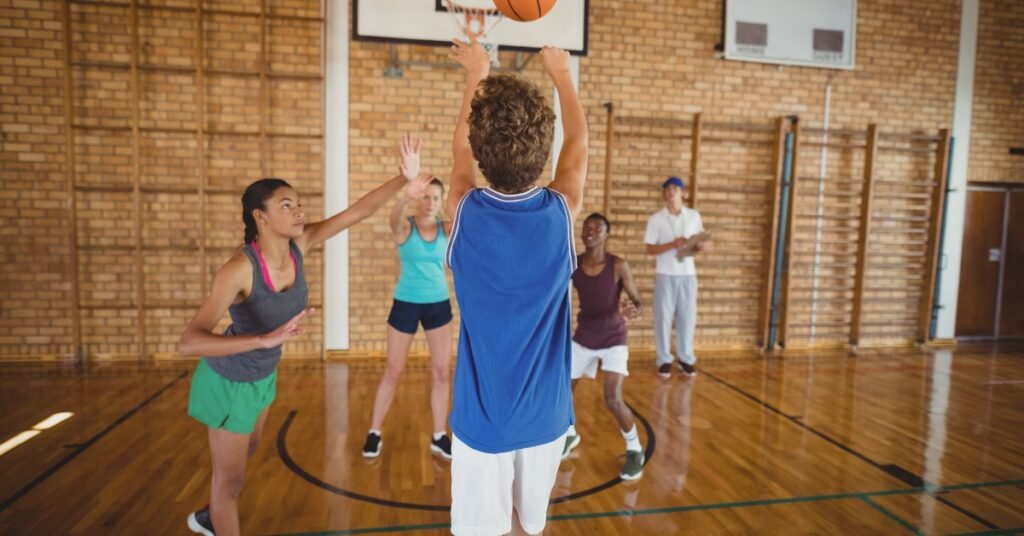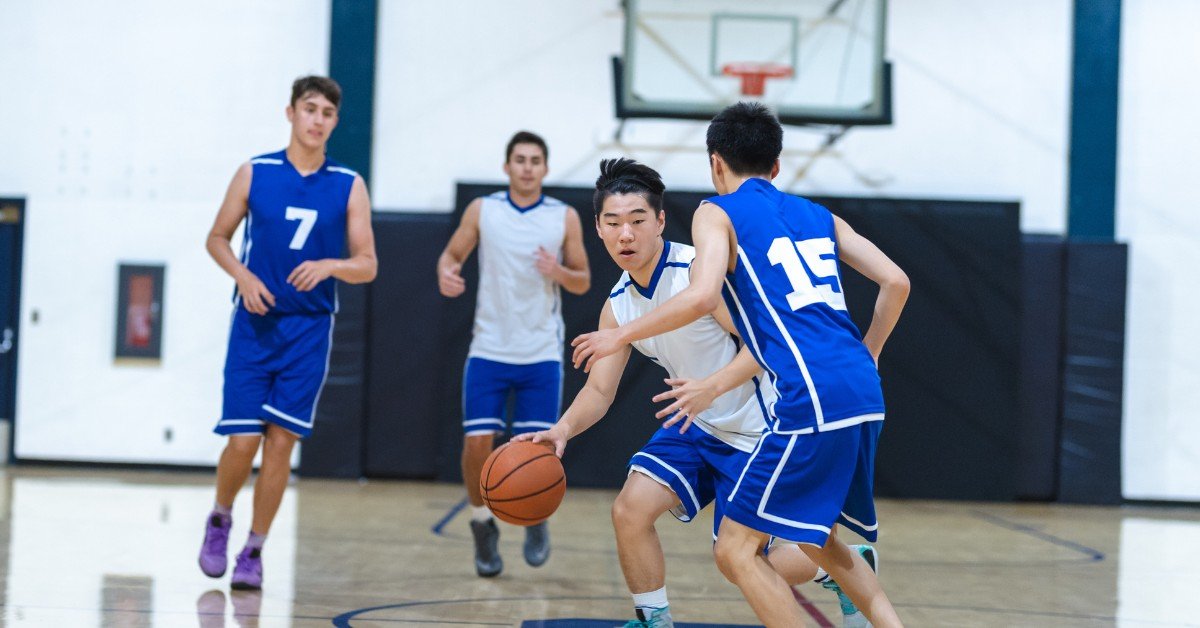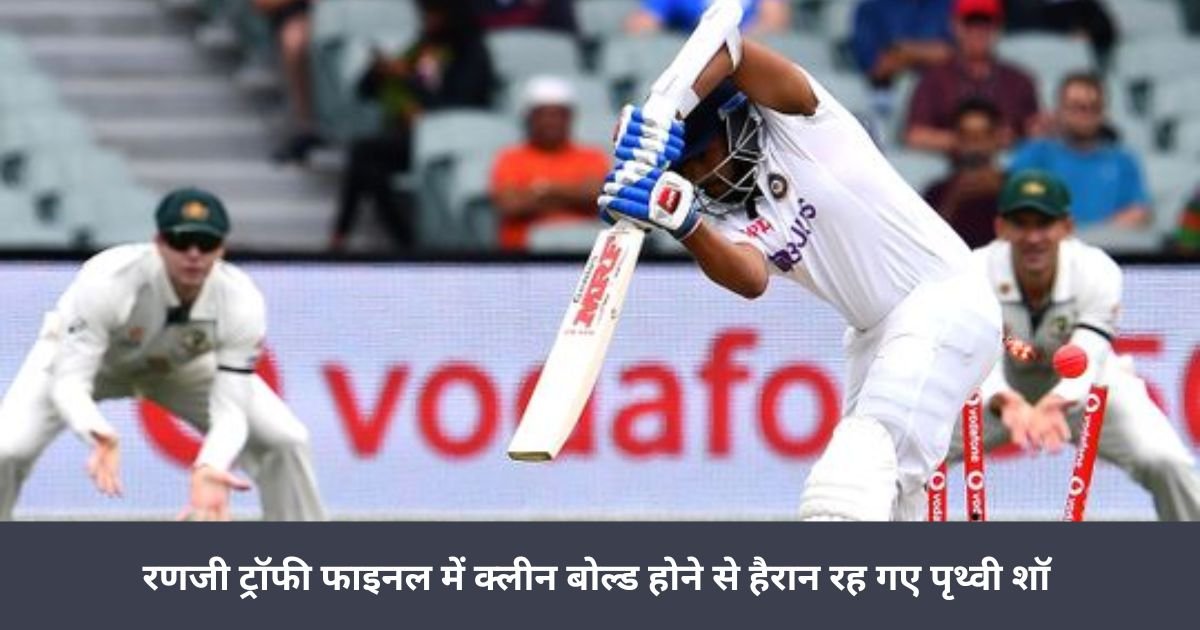Introduction
Welcome to the exciting world of high school basketball game! As passionate fans and players alike, understanding the duration of a basketball game is essential for planning and enjoying the experience to the fullest. In this article, we’ll delve into the specifics of how long a high school basketball game typically lasts, exploring various factors that influence game length and providing valuable insights for enthusiasts. Whether you’re a seasoned player, a devoted fan, or someone simply curious about the sport, this article aims to provide comprehensive answers to the question: how long is a high school basketball game?

The Basics of High School Basketball
Before delving into the duration of a high school basketball game, let’s briefly review the fundamental aspects of the sport. High school basketball follows the standard rules and regulations set forth by the National Federation of State High School Associations (NFHS). Games are typically played in four quarters, each lasting a specified duration. Additionally, high school basketball includes halftime breaks and occasional stoppages for fouls, timeouts, and other game-related events.
Understanding Quarter Length
The duration of each quarter in a high school basketball game is crucial in determining the overall length of the match. LSI Keyword: “Duration of Each Quarter in High School Basketball”
High school basketball games consist of four quarters, each lasting eight minutes in standard regulation play. However, variations may occur depending on league rules, tournament formats, or other organizational factors.
High school basketball games adhere to a standardized format, with each quarter lasting eight minutes. This consistent duration ensures fairness and uniformity across different matches and competitions.
High school basketball games are divided into four quarters, each spanning eight minutes of gameplay. These quarter lengths are designed to balance competitiveness and player endurance while providing an exhilarating experience for participants and spectators alike.
Halftime Break
The halftime break is an integral part of high school basketball games, providing players with a brief opportunity to rest, strategize, and recharge for the second half of the match.
Halftime breaks typically last for ten minutes, allowing players to recuperate from the physical demands of the game and receive guidance from coaches. During halftime, teams review their performance, make necessary adjustments, and prepare mentally for the remainder of the match.
The halftime break in high school basketball games serves as a pivotal intermission, offering players a chance to regroup and refocus before returning to the court. With a duration of ten minutes, halftime provides ample time for rest and strategic planning, ensuring that teams are ready to perform at their best in the second half of the game.
Factors Influencing Game Length
Several factors can influence the overall duration of a high school basketball game, ranging from gameplay dynamics to external variables such as timeouts and fouls. Understanding these factors is essential for accurately estimating the length of a match.
Pace of Play
The pace of play refers to the speed and intensity at which the game unfolds, influencing the number of possessions, scoring opportunities, and stoppages within each quarter.
The pace of play in high school basketball games can vary significantly depending on team strategies, player skill levels, and coaching tactics. A fast-paced game characterized by quick transitions and aggressive offense may result in more scoring opportunities and shorter possessions, leading to a faster overall pace of play.
Conversely, a slower-paced game featuring deliberate ball movement, defensive pressure, and controlled possessions may result in fewer scoring chances and longer periods of possession, thereby extending the duration of the match.
Timeouts and Stoppages
Timeouts and stoppages play a crucial role in high school basketball games, providing teams with opportunities to regroup, strategize, and make substitutions.
Each team is allotted a specified number of timeouts per game, which can be used strategically to manage momentum, rest players, or disrupt the opposing team’s rhythm. Additionally, officials may call timeouts for administrative purposes, such as addressing clock discrepancies or resolving player injuries.
Frequent timeouts and stoppages can prolong the duration of a high school basketball game by interrupting the flow of play and extending the overall length of each quarter. Conversely, efficient game management and minimal stoppages can contribute to a more streamlined and expedited experience for both players and spectators.
Optimizing the Basketball Experience
While the duration of a high school basketball game is subject to various factors and variables, there are several strategies that players, coaches, and fans can employ to optimize their basketball experience and make the most of every minute on the court.
Player Preparation
Players can enhance their performance and endurance by prioritizing physical conditioning, mental preparation, and skill development. By maintaining a healthy lifestyle, adhering to proper training regimens, and honing their basketball skills, players can maximize their impact on the game and contribute to their team’s success.
Strategic Time Management
Coaches play a pivotal role in managing game time effectively, utilizing timeouts, substitutions, and strategic adjustments to control the pace and flow of play. By making timely decisions and adapting to changing circumstances, coaches can influence the outcome of the game and empower their players to perform at their best.
Engaged Spectatorship
As passionate fans, supporting high school basketball teams and attending games can be a rewarding experience. By cheering enthusiastically, displaying sportsmanship, and encouraging positive interactions, spectators contribute to the vibrant atmosphere of high school basketball and create lasting memories for players and fellow fans alike.
Comparison with Other Basketball Levels
The duration of high school basketball games differs from other levels of the sport, such as college and professional basketball.
NCAA
College basketball games feature two halves, each lasting 20 minutes, totaling 40 minutes of playtime, with additional rules regarding timeouts and halftime.
NBA
Professional basketball games in the NBA consist of four quarters, each lasting 12 minutes, totaling 48 minutes of playtime, with similar rules for timeouts and halftime.
FAQs (Frequently Asked Questions)
How Long Does a High School Basketball Game Last?
A high school basketball game typically lasts for approximately one and a half to two hours, including halftime and stoppages. The duration may vary depending on factors such as gameplay pace, timeouts, and fouls.
Can High School Basketball Games End in Overtime?
Yes, high school basketball games can extend into overtime periods if the score is tied at the end of regulation play. Overtime periods typically last for four minutes and continue until a winner is determined.
What Happens During Halftime in a High School Basketball Game?
Halftime in a high school basketball game serves as a brief intermission for players to rest, receive coaching guidance, and prepare for the second half of the match. It typically lasts for ten minutes.
Are High School Basketball Games Divided into Quarters?
Yes, high school basketball games are divided into four quarters, each lasting eight minutes in standard regulation play. These quarters provide structure to the game and allow for strategic adjustments by teams.
How Many Timeouts are Allowed in a High School Basketball Game?
Each team is typically allowed a total of five timeouts per game, which can be used strategically to manage momentum, rest players, or strategize during critical moments.
What Factors Influence the Length of a High School Basketball Game?
Several factors can influence the length of a high school basketball game, including the pace of play, timeouts, fouls, and overtime periods. These variables contribute to the overall duration of the match and can vary from game to game.
Conclusion
In conclusion, the duration of a high school basketball game is influenced by various factors such as quarter length, halftime breaks, gameplay pace, and strategic decisions by players and coaches. By understanding these factors and implementing effective strategies, players, coaches, and fans can optimize their basketball experience and make the most of every moment on the court. Whether cheering from the sidelines or competing on the hardwood, high school basketball offers a thrilling and dynamic sporting experience that fosters camaraderie, competition, and lifelong memories.



